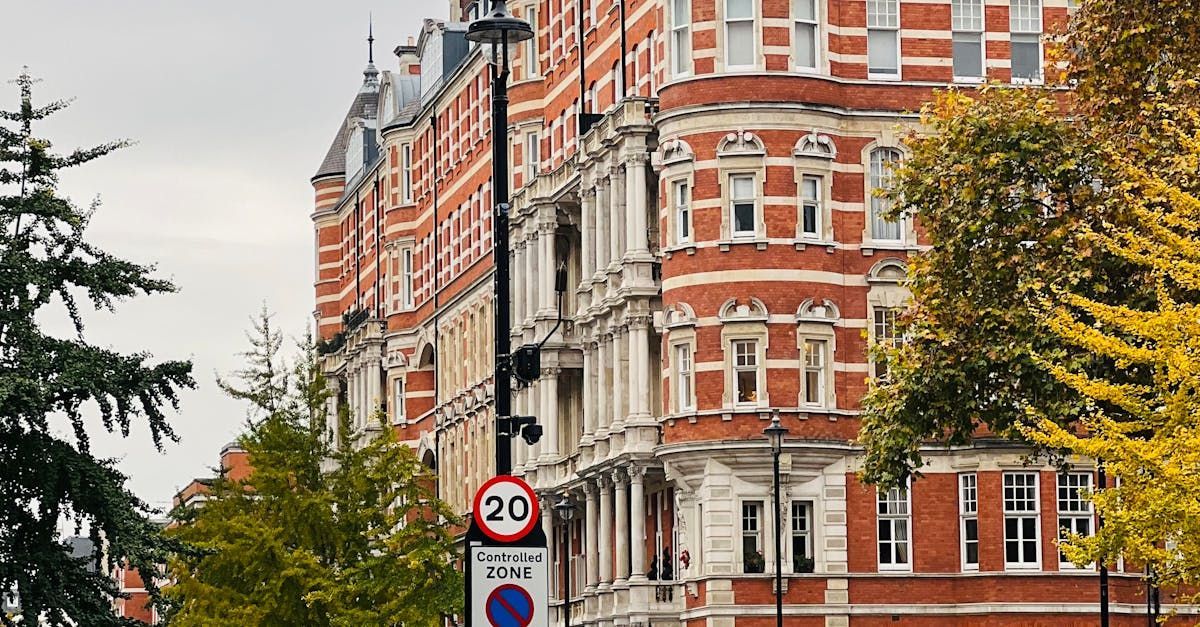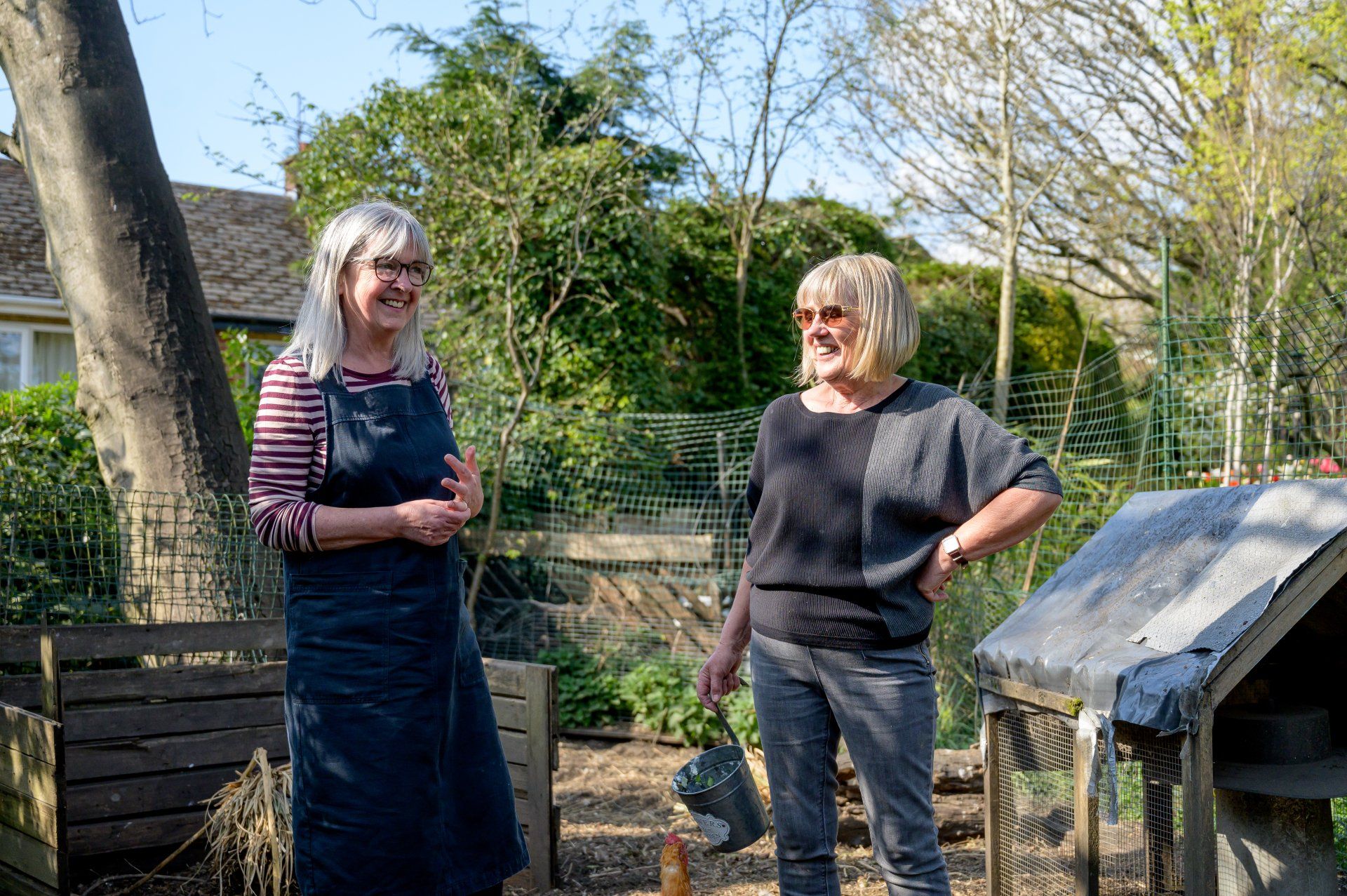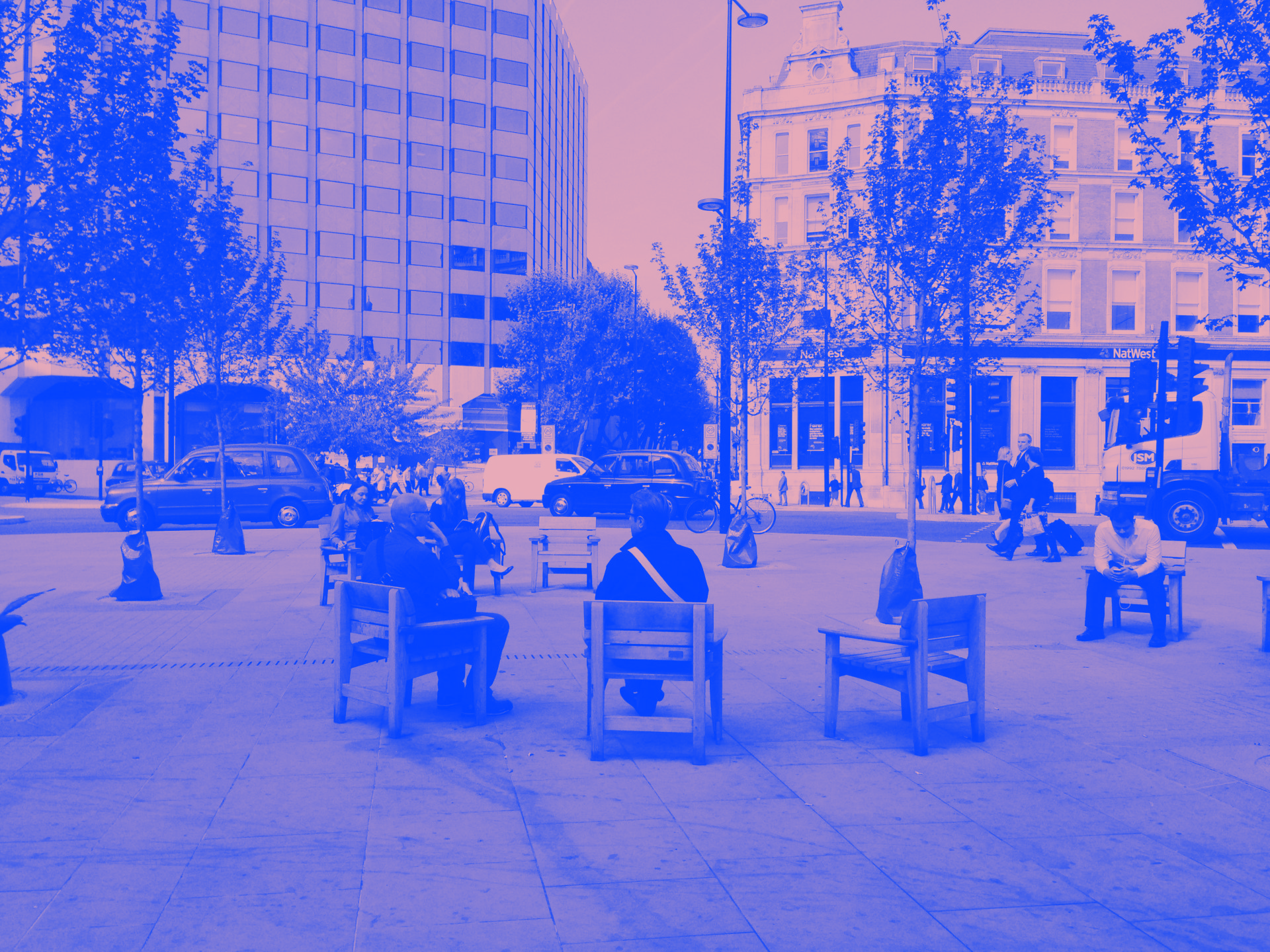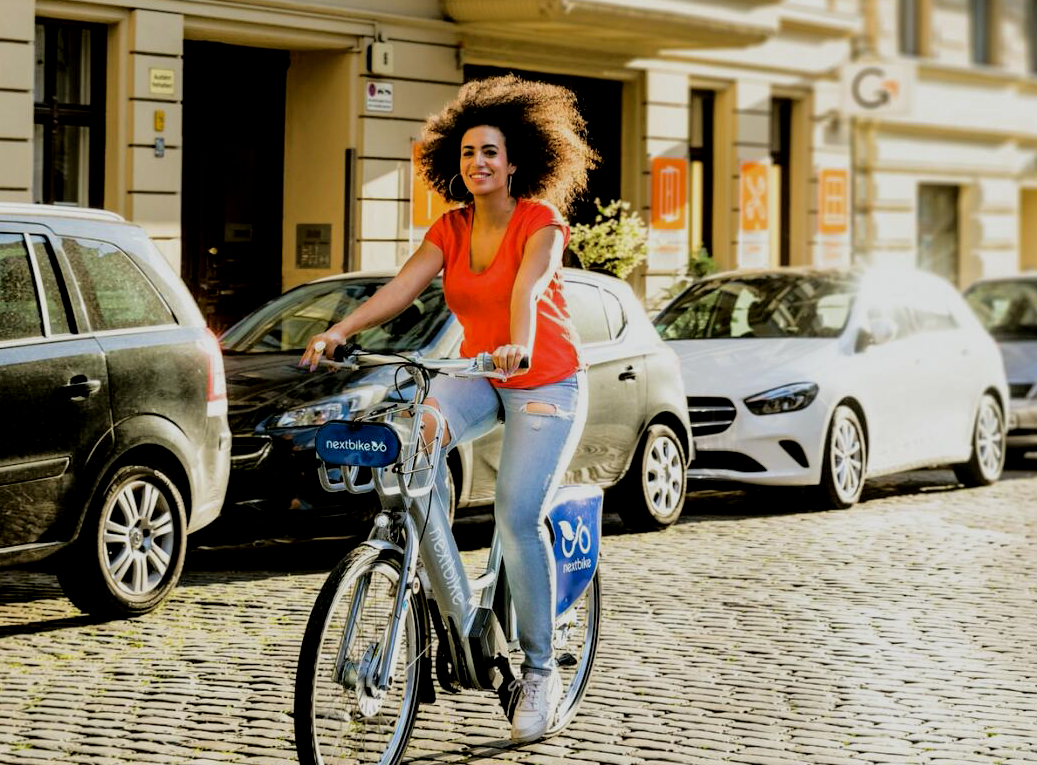From Lock-down to Locking-in Cycling and Walking?
As economies develop exit strategies from the pandemic, policy-makers and over 90% of the public want to maintain better health and air quality arising from more walking and cycling.
Post lock-down London could see a ten-fold increase in cycling levels, according to Transport for London (TfL). While Councils and TfL are rapidly working to provide ‘pop-up’ spaces and routes, the twin challenges ahead will be locking-in long term behaviour change and making permanent the new routes and infrastructure with the government’s £2bn investment.
The pilot Smarter Travel programmes, delivered a decade ago demonstrated ‘Nudge’ techniques which informed the successful 2012 Olympic Games Travel Demand Management strategy. They were proven to play a complementary role in increasing levels of cycling and walking and reducing car use. The techniques applied back then can contribute to today’s economic recovery, transport and public health challenges.
The loss of the international tourism market and reluctance of the public to make discretionary trips on public transport as a consequence of Covid-19, means businesses need to look to their domestic market. TfL research indicates that every day there are over three million public transport trips and five million car trips that could be cycled. In addition, there are also a further one million public transport trips that could be walked. Promoting active travel modes can encourage visitors and shoppers back to London’s centres and attractions, without the need for a mass return to public transport.
Similarly, as commuters return to work, information on alternative modes and routes, alongside the continuation of home working and potentially staggered working hours to facilitate spreading the demand peaks, will become increasingly important to ensure businesses can operate and less traffic and better air quality are sustained in the post-Covid- 19 world.
While there is a long term decline in overall traffic levels in the capital, commercial and freight traffic has continued to grow. Our finite road infrastructure necessitates less motorised traffic to be able to provide more space for cyclists and pedestrians. The lock- down provides a unique opportunity to reset commercial traffic strategies, with a coordinated approach to consolidation, micro-distribution centres, re-moding and re-timing servicing and deliveries.
Cycling and walking strategies require a focal point, which can be a city, borough, town centre, or a business group. In these contexts, Smarter Travel works in tandem at two levels: firstly, analysis and advice to organisations on what they need to change to support sustainable travel; and secondly, active travel information and incentives for individuals. Deploying these measures, alongside the £2bn investment in physical enhancements, can ensure behaviours seen during lockdown are sustained, allowing for longer term changes to the design of our towns and cities and a healthier, more sustainable future.
The DfT’s new guidance on The Traffic Management Act 2004 and Covid-19 can be found here. Links to references are provided in this article.
Dan Johnson and Lee Parker are currently advising businesses and highway authorities on post Covid-19 transport strategies. They have jointly led programmes that have increased cycling and walking and reduced car trips; and have subsequently advised local authorities and internationally on cycle and pedestrian network planning and design; and behaviour change strategies in order to increase cycling and walking.








